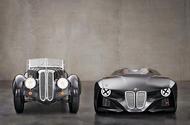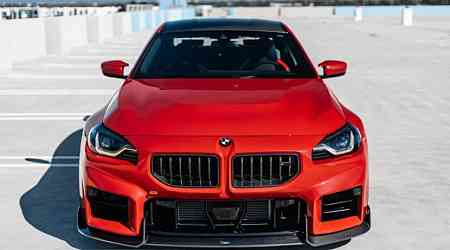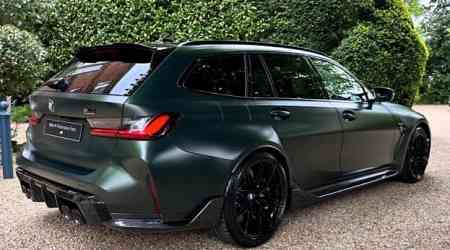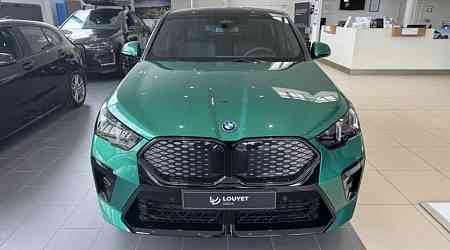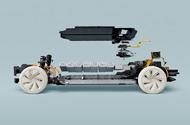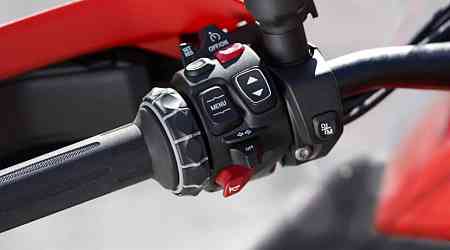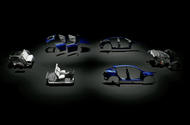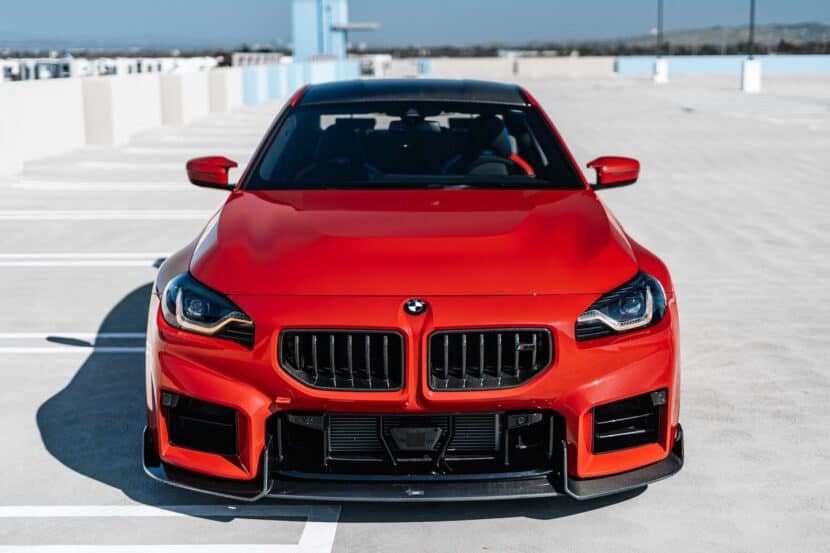328 (left) and 328 Hommage share a BMW design ethosBMW design expert and author Steve Saxty gives insight into eight features that make a BMW a BMW
What I like about BMW is that there’s often a story and even a bit of romance about even the smallest detail,” says Steve Saxty, automotive design engineer turned author.
“It’s far from being the typically cold German company people might imagine it to be.” Through a selection of design details associated with the brand, Saxty hopes to persuade me of that.
However, before he runs through his favourite, heart-warming BMW stories, gleaned from research at the company for his latest tome, he wants to talk about PSD, short for proportion, surfacing and detailing.
“There’s a misconception about car design that you pop on a signature detail and you have a brand,” he says. “To begin with, there are the car’s proportions to consider. They’re determined by many things, not least the type of vehicle it is but also by factors such as national culture.
"Italian cars, for example, tend to have a more arrow-shaped front than the square-jawed stance of German brands.”

Surfacing, argues Saxty, is when a car begins to acquire individual brand character and distinctiveness. “BMW has had really innovative approaches to this. There’s the much-discussed ‘Flame’ surfacing of the Z4 but also the equally interesting Zeppelin-influenced surfacing as seen on the ‘E60’ 5 Series, where the skin is sucked in around the frame.
Tragically, the young Italian designer responsible for the idea died of leukaemia shortly after and the E60 was almost a homage to his vision.”
And so to the details. Saxty points out that while many may think BMW has a ‘toolkit’ of them, it uses its design signatures sparingly, adopting and adapting them when necessary: “If its grilles never evolved, the cars would always have the same nostrils. It’s one of the things that makes BMW stylistically avant-garde.”
Here, we look at eight familiar and less well-known BMW design details that Saxty rates as especially fascinating.
Kidney grille
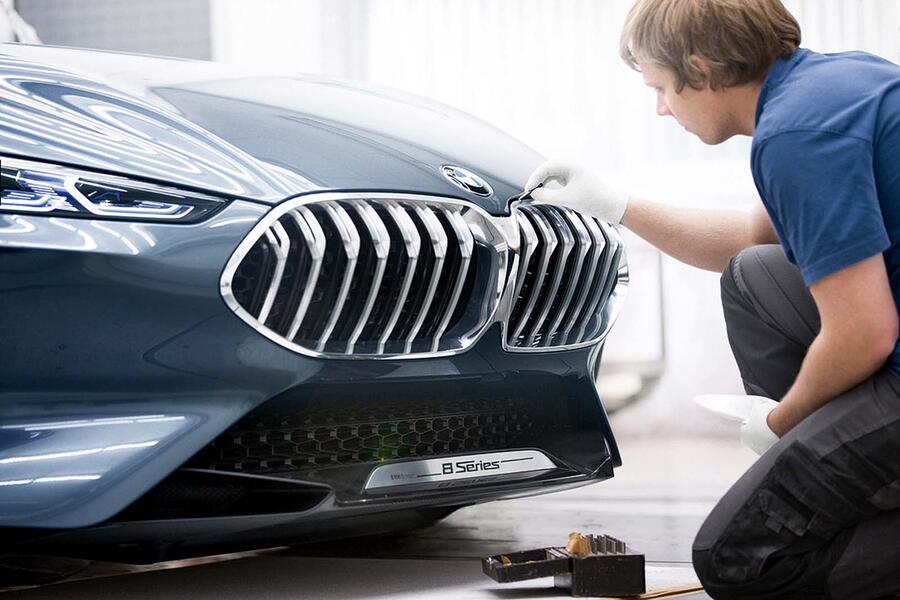
“People talk about BMW’s huge grilles today but they were equally massive, vertical things on its cars of the early 1930s.
“They can be vertical or horizontal but their relationship to the headlights is key in determining their overall style as much as their size.
“The detail features within and around the grilles and lights also determine character.
“However, they have led to the number of parts in a grille assembly totalling as many as 250, which is one reason BMW is moving to simpler, digital-light grilles – another being their distinctive signature at night.”
Sicke line
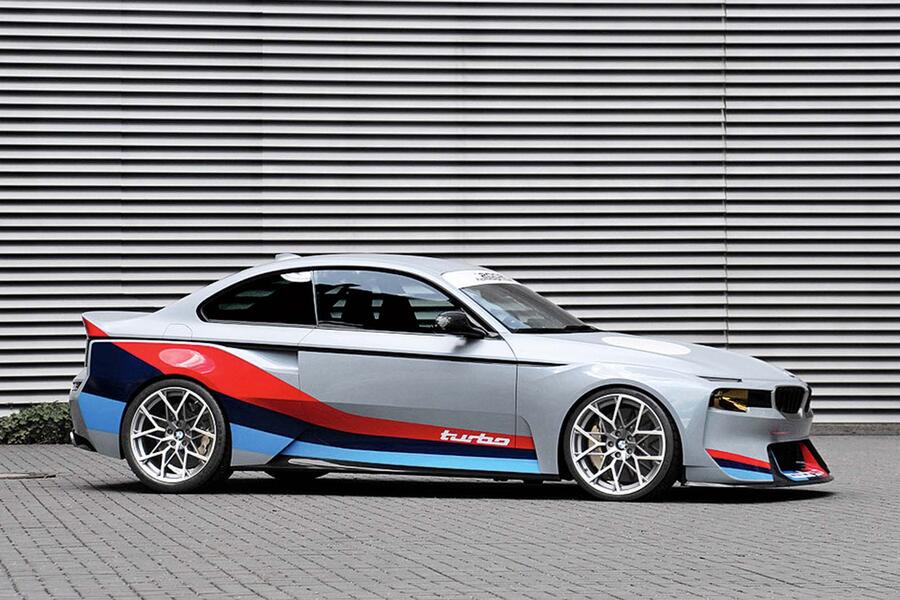
“Sitting below the belt line, where the doors meet the windows, and running from the tops of the front lights to the rear lights, the Sicke line (it means ‘swage line’ in German) is a crease in the metal that adds strength, especially to a curved surface.
“It first appeared in the mid-1950s, when it added a precision look to the taut body surfacing that typified BMWs at the time.
“During the 1970s, design boss Paul Bracq and his successor, Claus Luthe, cemented the Sicke line as a unifying BMW design feature.
“All core BMW products had the Sicke line through the 1980s and 1990s. It wasn’t until the 2000s that BMW started to play around with it, as well as introducing more cars without it.”
Hofmeister kink
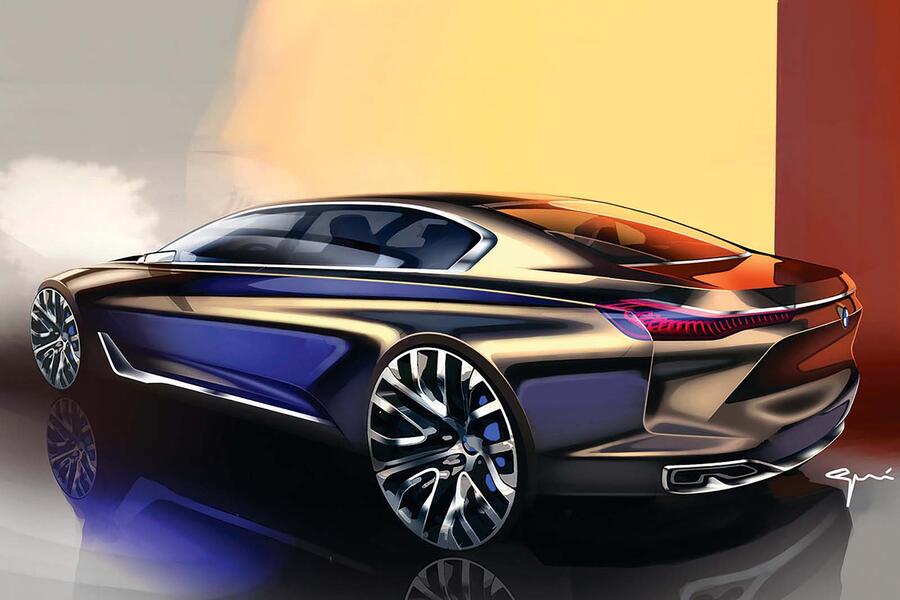
“The upturned flick on the rear pillars of some BMWs, probably the company’s best-known detail, was named after BMW’s design manager at the time.
“It made its debut in the early 1960s on the 3200 CS coupé and Neue Klasse four-door saloon. However, BMW does not obsess about it. For example, the current 4 Series coupé doesn’t feature the Hofmeister kink.
“As Adrian van Hooydonk, BMW’s design chief, once said to me: ‘BMW is happy to rekindle the past but does not worship the flames.’”
BMW roundel

“For BMW people, the badge and its deployment can be a conversation that lasts for hours.
“It’s always applied to the centre of the bonnet but, on three models – the original CSL, last year’s limited-run 3.0 CSL and the X2, just out of production – to the rear pillar as well.
“Designers are always trying to put the roundels on and they’re always being told to take them off, the argument being that one should be able to recognise a BMW without badges.
“One designer got very close to putting one on his concept car last year but, very late in the day, was told: ‘No!’”
L-shaped rear lights
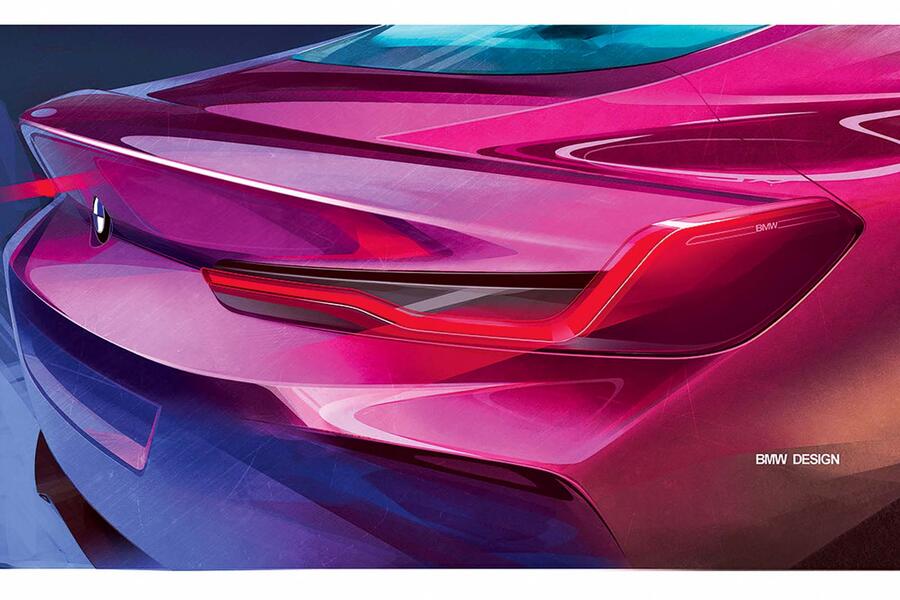
“This classic device emerged in the mid-1980s when Wolfgang Reitzle, then an upcoming engineer, saw the ‘E32’ 7 Series in development and, horrified by its narrow body, insisted it must be widened.
“Rather than just add a bit in the middle, the designers emphasised the increased width with no fewer than six quad headlights (they were changed to four round ones for production) while, at the rear, they added an integrated boot spoiler and L-shaped lights that turned up at the ends to emphasise it.
“The style of BMW rear lights continues to evolve. On last year’s Vision Neue Klasse saloon, they form the rear spoiler as a different way of acknowledging the E32 7 Series’ then novel integrated boot spoiler.”
Legacy colour

“The vibrant orange that BMW occasionally uses first appeared on the E25 Turbo gullwing show car of 1972. It was the idea of Paul Bracq, BMW’s chief designer in the 1970s.
“Bob Lutz, then BMW’s executive vice-president of sales, wanted a show car that would put the company on the map for style. He suggested it be styled as a safety car, in bright safety colours.
“Bracq owned a Porsche 356 in ruby red and had the body of the BMW painted in that colour and the front and rear in bright volcanic orange, a ‘safety’ colour inspired by the fluorescent orange wingtips of the French air force flight trainers based near his office.”
iDrive controller
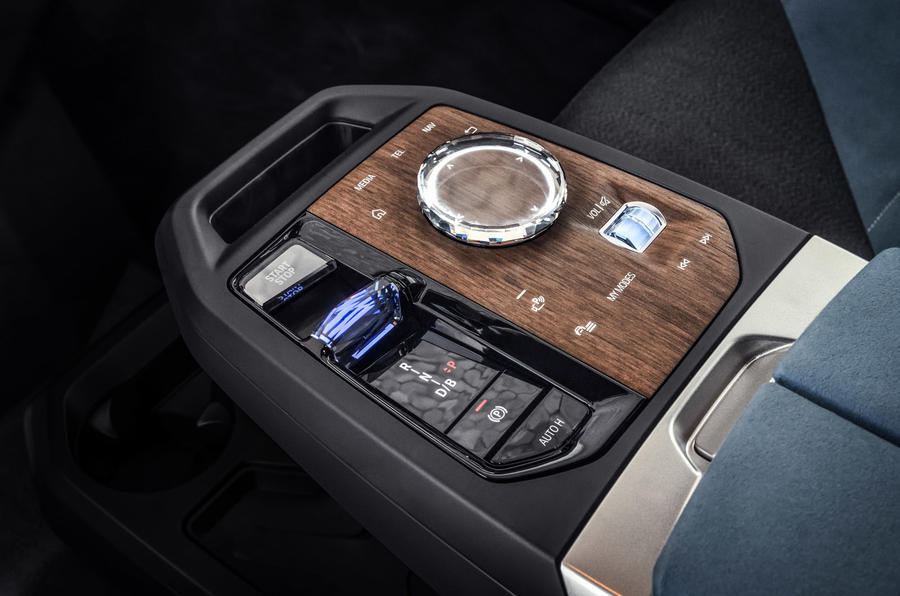
“Criticised by many at its launch but soon regarded as the best of its type, the iDrive controller can track its roots to the 1970s and BMW’s growing obsession with ergonomics.
"Driver focus was key and among the features to emerge at this time were orange-coloured instruments that were soothing to the eye and very clear.
“Last year’s Vision Neue Klasse concept features a radical reinvention of iDrive which takes a huge leap by incorporating a full-width head-up display at the base of the windscreen actuated by steering wheel-mounted controls in line with BMW’s ‘hands on the wheel, eyes on the road’ philosophy.”
The double theme
“BMW’s M cars often have door mirrors with two arms and wheels with double spokes. The idea can be traced back to designer Marcus Syring, former head of the BMW M design studio.
“He was trying to devise an M design signature and realised the M cars were differentiated by double exhaust pipes. It was a clever moment of inspiration and became a feature that inspired the double theme elsewhere on the cars.”
Read all about it
Steve Saxty’s new book, BMW by Design, and the three-book set, BMW Behind the Scenes (in Paul Bracq orange), examine how past, present and future BMWs are created. Many of the books’ previously never-seen images were drawn from Saxty’s research, gathered over a two-year period deep inside BMW Design’s archive. See more at stevesaxty.com/bmw


















